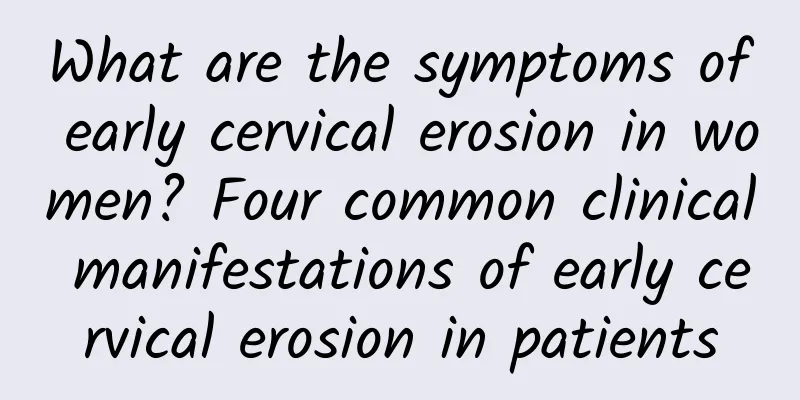Banned drugs detected in 3 goose meats from poultry and livestock products sold on the market

|
The Food and Drug Administration and the Department of Health of the Department of Health implement a monitoring program for animal drug residues in commercially available food. In August, a total of 70 commercially available poultry and livestock products were sampled and tested, and the results showed that 3 of them did not comply with regulations. The illegal products were all goose meat, which contained residues of antibiotics that should not be detected. In August, the Department of Health sampled 70 poultry and livestock products on the market, and the three illegal products were goose meat, which contained undetectable antibiotic residues. (Photo courtesy of Food and Drug Administration) The Food and Drug Administration said that the samples randomly selected included 20 pieces of goose meat, 20 pieces of beef, 10 pieces of mutton and 20 pieces of poultry offal. The inspection items included: tetracyclines, quinolones and sulfonamides, chloramphenicol, nitrofuran metabolites, antiprotozoal agents, β-lactam antibiotics, β-receptor antibiotics, etc., a total of 72 animal drugs. According to the "Animal Drug Residue Standards", goose meat must not contain chloramphenicol fluoroquinolone and chloramphenicol methylsulfonate, both of which are antibiotics. However, this time, one piece of goose meat in a restaurant in Taichung City and one in a traditional market in New Taipei City were found to contain 0.95 and 3.8 ppb of chloramphenicol; one piece of goose meat in Tainan City was found to contain 0.45 ppb of chloramphenicol. The Food and Drug Administration said that the restaurant in Taichung City has been fined NT$30,000 for being unable to explain the source of its goods. As for the other two pieces of goose meat, the health bureau in the supplier's jurisdiction has been notified, and will work with agricultural agencies to trace the source of supply, the cause of the residue, and whether the breeding environment is contaminated. If the residue is caused by illegal use by the breeder, the agricultural policy unit will be asked to strengthen source management at the production end and deal with it according to law. |
<<: 30% of herbal tea samples tested in Nantou found excessive pesticide residues
>>: Improper liposuction damages nerves in young women
Recommend
Is it normal not to have menstruation one month after painless abortion?
Is it normal not to have menstruation one month a...
What are the common symptoms of uterine fibroids? What are the dangers of not treating uterine fibroids?
In recent years, the incidence of uterine fibroid...
What causes cervical erosion?
Cervical erosion refers to pathological changes i...
Small snacks, big calories, are you eating them right?
Calorie table of common snacks during the Chinese...
Drink less water to lose weight faster? Debunking 6 Myths About Weight Loss
Can drinking less water avoid edema and help spee...
Want to get rid of the tiger's back? 3 ways to train your back muscles and make you a beautiful back figure
Many women have the problem of too much fat on th...
Treat obesity symptomatically! Detailed explanation of the three major types of obesity. See which one you are.
From the perspective of traditional Chinese medic...
What should I pay attention to after ectopic pregnancy surgery?
Ectopic pregnancy is mostly caused by blockage of...
What harm does uterine fibroids cause to the body
Uterine fibroids can cause many kinds of harm to ...
Like Kate! 6 rules for pregnant mothers to control their weight
Britain's Princess Kate is about to welcome h...
What are the causes of uterine fibroid growth?
What are the causes of uterine fibroid growth? Ut...
Routine examination methods for ectopic pregnancy
Ectopic pregnancy refers to the placement of the ...
Different types of vaginitis have different symptoms
Different types of vaginitis have different main ...
Ovarian cyst clinical pathway What are the serious symptoms?
What is the clinical pathway for ovarian cysts? I...
What are the symptoms of vaginitis?
What are the symptoms of vaginitis? Common sympto...









